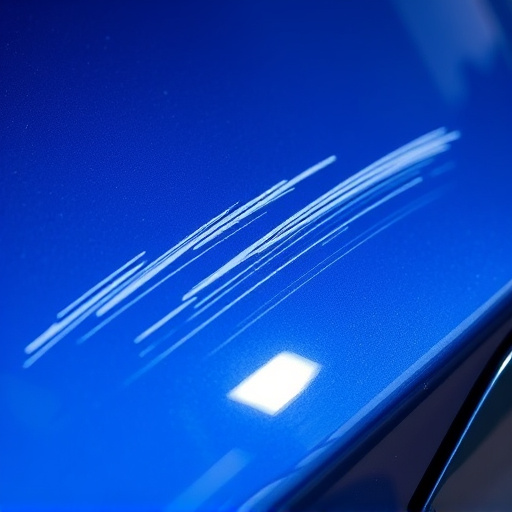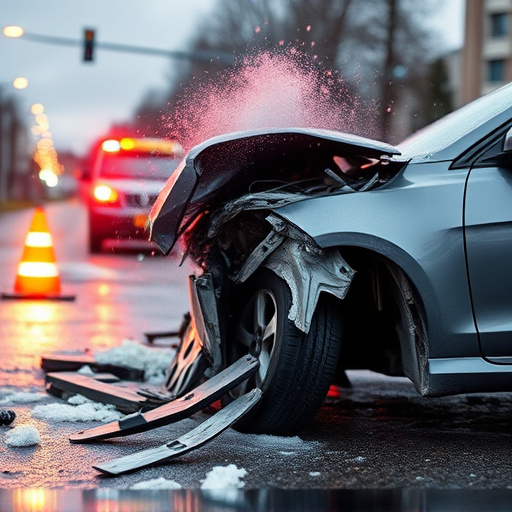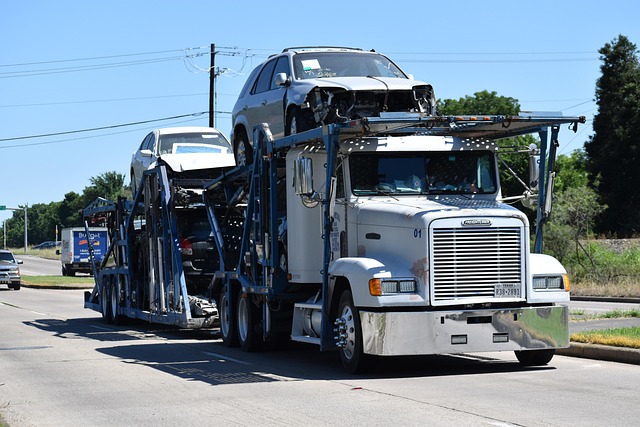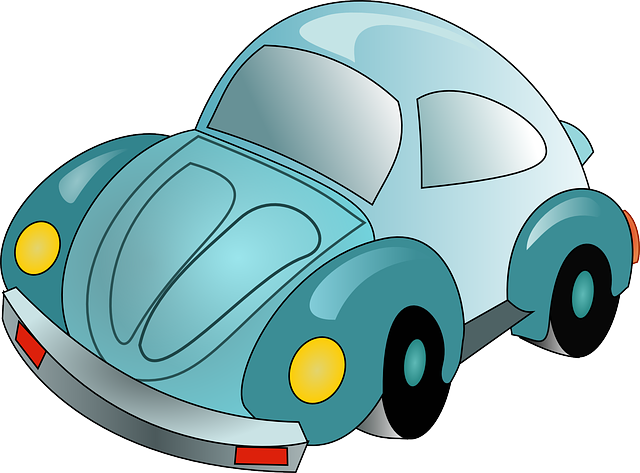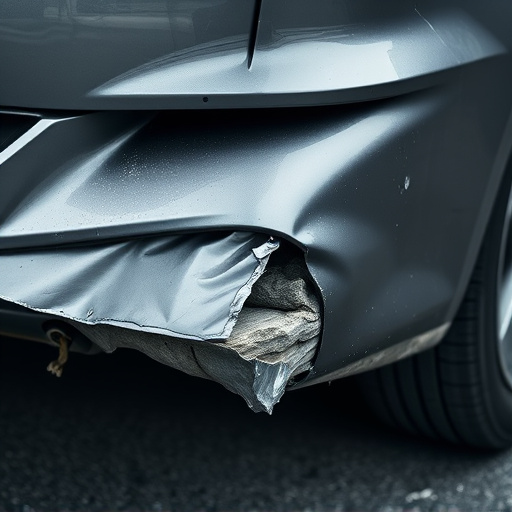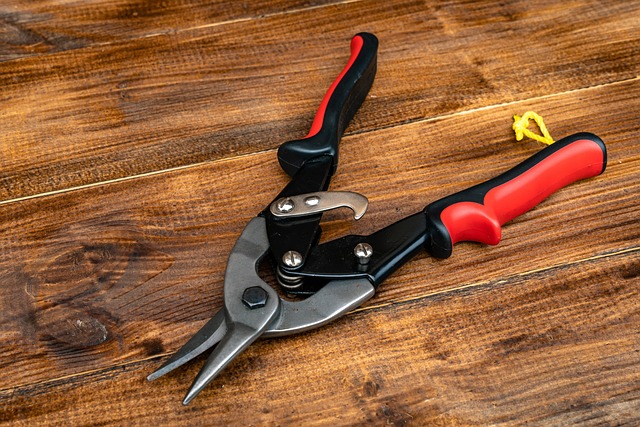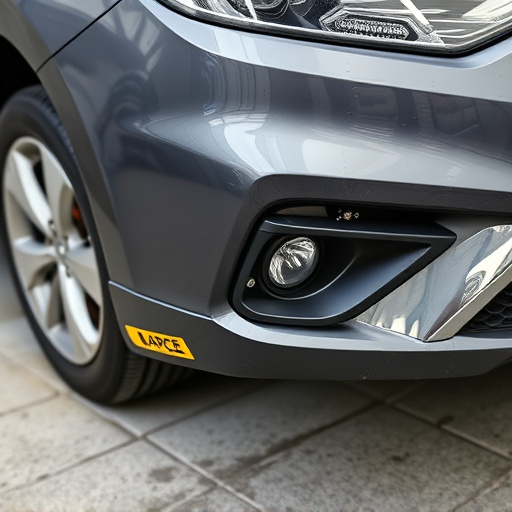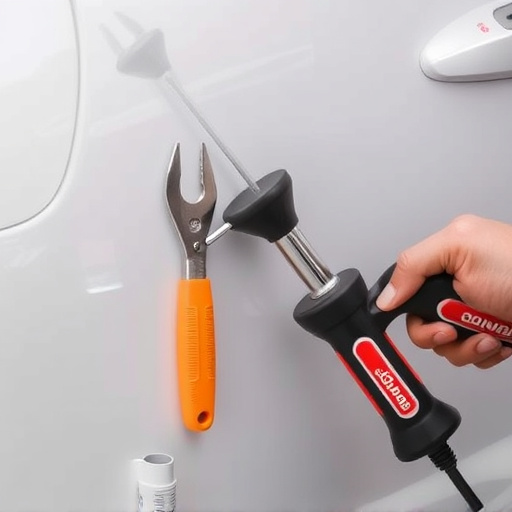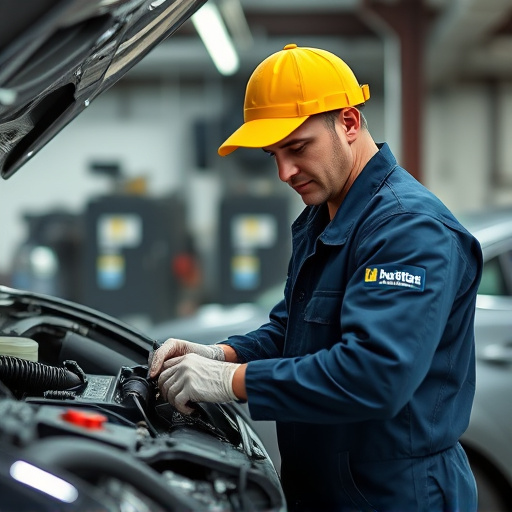In collector car damage repair, achieving perfect paint matches requires a blend of artistic skill and scientific knowledge. Restorers use advanced tools like spectrophotometers, color theory, and historical data to duplicate original paint hues, textures, and finishes, ensuring restored cars maintain both visual appeal and historical value. Best practices involve quality materials, meticulous preparation, thin coats, controlled conditions, and adequate drying time.
In the realm of collector car damage repair, paint matching is an art that demands precision and expertise. This intricate process, integral to classic car restoration, involves achieving flawless color accuracy to honor historic vehicles’ original aesthetic. Understanding the science behind color measurement and adopting best practices ensure a seamless fusion of old and new. By mastering these techniques, restorers can revive collector cars with meticulous attention to detail, preserving their timeless beauty for generations to come.
- Understanding Paint Matching in Classic Car Restoration
- The Science Behind Color Accuracy for Historic Vehicles
- Best Practices for Achieving Perfect Paint Matches on Collector Cars
Understanding Paint Matching in Classic Car Restoration
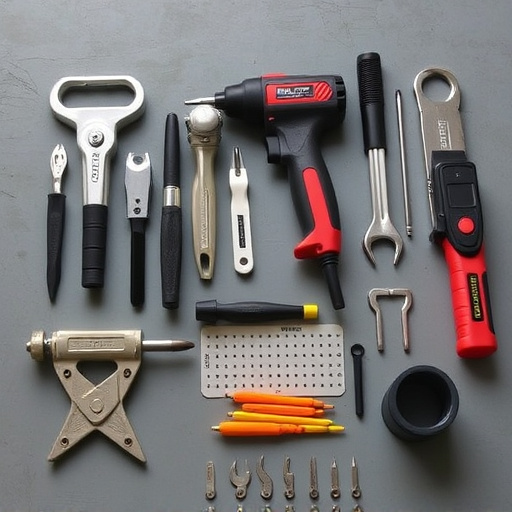
In the intricate world of collector car damage repair, paint matching stands as a delicate art and crucial step in vehicle restoration. It’s not merely about applying new paint; it involves precisely duplicating the original hue, ensuring the restored vehicle mirrors its former glory. This meticulous process requires skilled technicians who understand the science behind color theory and the chemistry of paints to match the exact shade, texture, and finish of the manufacturer’s original coating.
Collector cars, given their historical value and unique aesthetic, demand utmost care during auto body repairs. Paint matching techniques have evolved over time, incorporating advanced technology like spectrophotometers for precise color measurement. These tools allow restorers to analyze the vehicle’s original paint, ensuring an exact replication across every panel in the event of a collision or restoration. This level of detail is what transforms a damaged collector car into a stunning, authentic piece that rolls off the assembly line years ago.
The Science Behind Color Accuracy for Historic Vehicles

The science behind achieving precise color accuracy in historic vehicles is a meticulous art. When undertaking collector car damage repair, restorers must consider various factors to ensure the restored vehicle’s original aesthetic is flawlessly recreated. This involves an in-depth understanding of color theory and the unique challenges posed by aged paints. Each classic car restoration is a journey into history, where every detail matters.
Color matching in auto maintenance for these vintage vehicles requires a scientific approach. Paint analysis techniques are employed to study the molecular structure and composition of the original paint. By comparing these samples with available data or known historical formulas, restorers can precisely duplicate the shade, hue, and even the subtle undertones that define a particular era. This level of detail is crucial in collector car damage repair, ensuring that not only the visual appeal but also the historical integrity of these beloved classic cars is preserved.
Best Practices for Achieving Perfect Paint Matches on Collector Cars
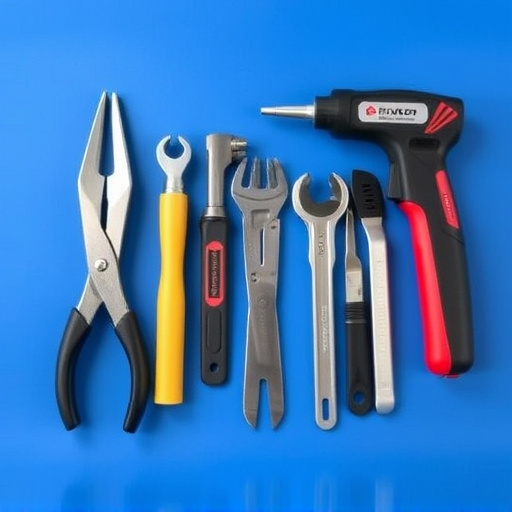
Achieving a perfect paint match during collector car damage repair is both an art and a science. It requires meticulous attention to detail, utilizing advanced tools, and employing precise techniques. The process begins with careful inspection to identify the exact shade and pigment of the original paint. This information is crucial for sourcing the appropriate replacement paint.
Best practices include using high-quality paints specifically formulated for car restoration, ensuring proper surface preparation through dent removal and sanding, and applying multiple thin coats rather than one thick layer. Lighting conditions during painting should be controlled to avoid any color discrepancies. Regular cleaning and maintenance of brushes and equipment are essential to maintain the paint’s consistency. Finally, allowing sufficient drying time between coats ensures a seamless, long-lasting finish that respects the history and value of these cherished vehicles in collector car damage repair.
In the realm of collector car damage repair, paint matching is an art and a science. By understanding the intricacies of color accuracy and implementing best practices, restorers can ensure that restored classic cars not only look authentic but also retain their historical value. This meticulous process involves advanced techniques to match not just hue and tone, but also the unique characteristics of vintage paints. Through dedication to achieving perfect paint matches, professionals in the field honor the past while preserving these iconic vehicles for future generations to appreciate.
